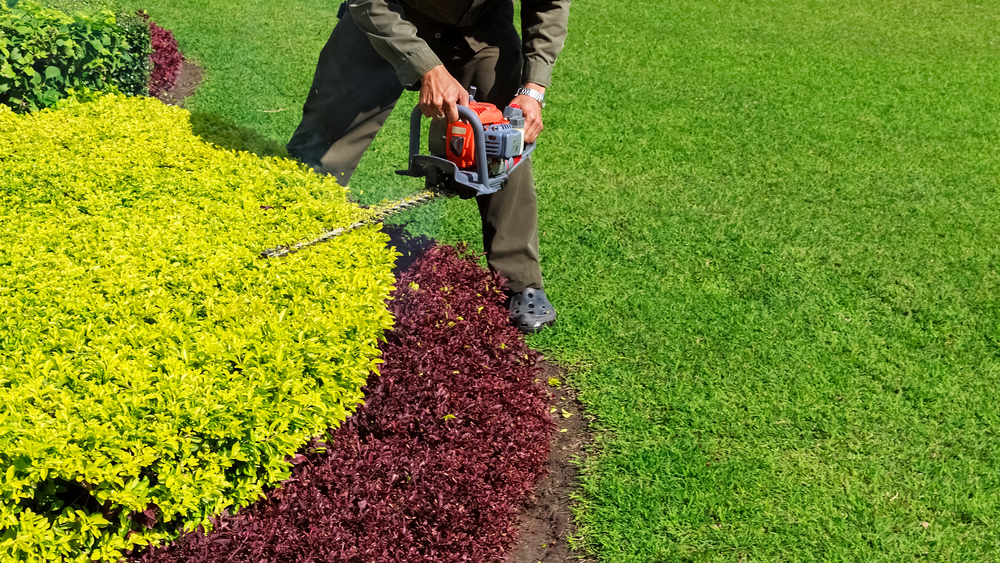

Planting the right shrub at the right spot can add a lot of beauty to your home. Plant your shrubs where you can easily water them, and make sure to put them the proper distance from your foundation. Finally, buy shrubs that will fit in the space. And like these celebrities will tell you, there is nothing more relaxing than gardening. You don’t need a 400 acre farm like Elizabeth Hurley, there is a lot you can do with any sized plot.
Here is your guide to shrub care.
Location Matters
Dense shrubs are a great choice for along the front of your yard. For example, you can plant hearty evergreen shrubs as a berm between your front yard and the street. Not only will this reduce visibility of your home from a busy road, but it will cut down on road noise from tires on the pavement.
On the house side of the berm, consider putting out flowering shrubs that you can easily water from your existing water source. Put up individual rose bushes or butterfly bushes in a spot that gets plenty of sun and enjoy them as a free-standing plant.
Foundation Shrubs
If your front picture window is low to the ground and you want to see your yard, don’t put out tall shrubs. Foundation shrubs can be tricky. If they’re too close to your home, you provide fleas a spot to shelter and wait for your poor pet to come back outside. If the plant is too dense, a potential intruder can lurk there.
Instead, add plants that repel fleas and cedar mulch to your foundation plantings. Instead of shrubs under windows that shelter a peeping tom, add a gazing ball for visual interest and put out some solar lights. You can also plant one sprawling bird’s nest evergreen farm from the foundation to fill the flower bed and smell great when it rains.
Plant For Wildlife
In your backyard, don’t forget to plant for wildlife. An old fashioned lilac shrub not only smells wonderful when it blooms, but many birds can nest deep in the foliage. If you enjoy watching the birds in your area, considering adding fruiting shrubs to provide them a feast.
Fruiting shrubs will need some homework. Get your soil tested, as blueberries need acidic soil. Raspberries can draw bigger animals, such as deer and black bear, so depending on where you live you may want to skip those. The blackberry bushes that work great at your sister’s house up north may be an invasive species in your southern garden, so talk to local garden authorities and plant with care.
Lawn Vs. Shrubs
Shrubs take deep watering on a regular basis when they’re starting out, but not as much water as new sod. If you’re doing a large yard rehab, get the lawn established before you plant any shrubs, especially fruiting shrubs. You don’t want to kill off your lawn because you were afraid of drowning your new shrub. Get the grass established, then add the shrubs.
Pick the Perfect Spot for the Plant, Not the View
Rose bushes may seem like the ideal choice for the south side of your garage, but take another look. Roses need really good drainage and 6 to 8 hours of sun a day. In addition, roses need airflow.
The diseases that specifically impact roses often come about because the rose never loses the dew from the morning. A wet rosebush is at risk for mold, which weakens the leaves and stems, making the plant vulnerable to hungry insects, such as thrips and aphids. A rose with lots of light and plenty of airflow will have a better chance at thriving in spite of any pests in the vicinity.
Most shrubs can grow well in most any soil, though roses don’t like wet feet or severe cold. If you love the shrubs that only flower in the spring, give plants like forsythia and lilacs plenty of space and let them go crazy. Never put a great plant in a spot where it will have to fight an uphill battle just survive.
